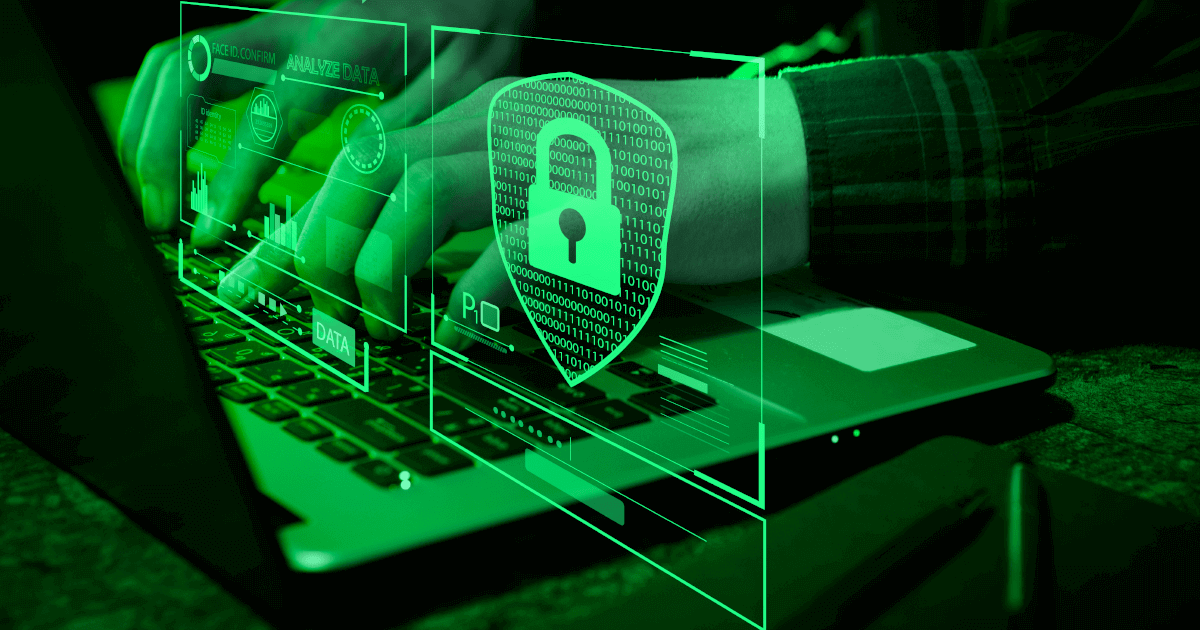Server security is crucial for any business or organization relying on web services and data storage in the cloud. However, many common security risks tend to slip under the radar of even experienced administrators.
File and Directory Permissions
One of the most basic yet critical aspects of server security is controlling access to files and folders. Permissions that are too open can allow any user to view or modify sensitive data. Take time to carefully set read/write/execute permissions for each file and directory based on intended access.
Firewall Configuration
Firewalls are the first line of defense against external threats but are only effective if configured properly. Review rules regularly to ensure only approved traffic and ports are allowed. Consider blocking all inbound traffic by default and specifically allowing what’s needed.
Remote Access Protocols
Remote desktop, SSH, and other protocols like VNC are convenient for administration but also expand the attack surface. Enforce strong authentication, use IP restrictions when possible, and monitor logs for suspicious activity.
Database User Privileges
Databases often hold sensitive application data yet database users are sometimes given more privileges than needed. Audit database users and privileges to strip access where not required for their role.
Web Server Configuration
Misconfigured web servers are an inviting target. Ensure your Apache, Nginx or IIS settings restrict access, prevent directory browsing, and more. Use a security header checker to identify any gaps.
PHP Configuration
PHP is powerful but also dangerous if misused. Review PHP configuration settings like those for file uploads, open_basedir, and disable functions not needed for your application.
Network Access Controls
NAC tools can prevent unauthorized devices from joining your network, but only if deployed properly across switches and wireless. Define machine authentication policies and monitor for rogue devices.
Application Logging
Comprehensive logging is critical should an incident occur, but logs are only useful if stored securely, and if someone reviews them regularly. Centralize logging and integrate monitoring alerts.
User Access Management
With a default-deny approach, only provide users the minimum access required for their job. Enforce strong, unique passwords, and monitor for anomalous login attempts.
Patch Management
Outdated software is vulnerable software. Ensure all applications and OS components are promptly updated with the latest patches. Consider automated patch management for efficiency and accuracy.
Security Awareness Training
People are often the weakest link, so educate your users. Conduct regular security awareness training covering topics like secure passwords, phishing, and data protection best practices.
Penetration Testing
No security controls are foolproof. Schedule regular penetration tests by an external firm to identify weaknesses and validate your defenses before real attackers find them. Address all high-risk issues uncovered.
In summary, a layered approach to security is needed as no single control is sufficient. Make server hardening and ongoing reviews part of standard operations to continuously strengthen your posture over time. Proactively managing these commonly overlooked risks can go a long way in protecting sensitive systems and data.



